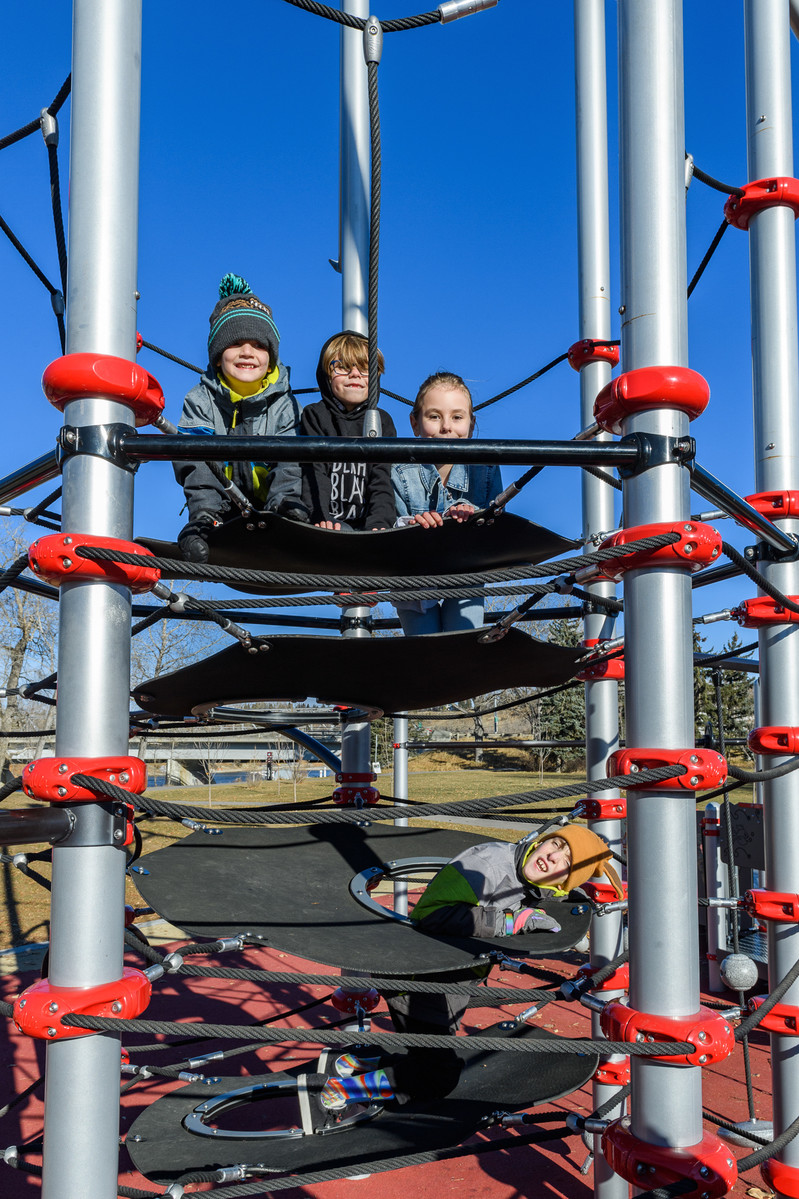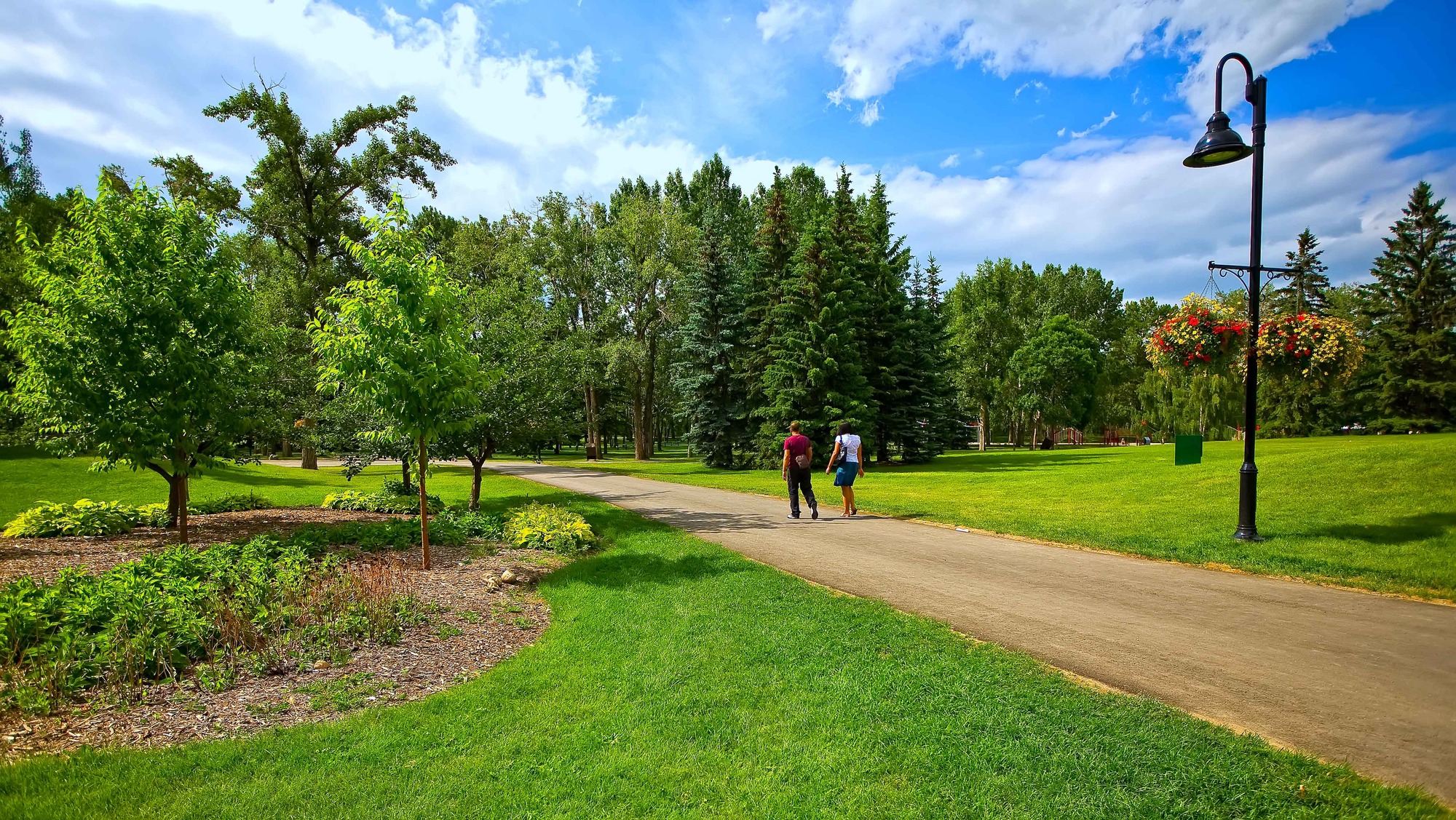CONNECT: Calgary’s Parks Plan
Background
It’s been 20 years since we updated our Parks Plan, and during this time, the needs of Calgarians and our city have changed. We want to deliver exceptional, sustainable, inclusive parks for all Calgarians - now, and for the future.
Parks are public spaces with huge environmental, social and economic benefits. They are an essential component of a healthy, vibrant and resilient city. Calgary’s parks belong to everyone, so everyone should have a say in their future. Thanks to the feedback from Calgarians, the project team has finalized a draft Parks Plan that works for our city, our environment, our communities, and our future.
Project update – May 2025
The draft Connect: Calgary's Parks Plan has now been approved by Council.
This Plan will replace the original Open Space Plan approved by Council in 2002 and will determine how Calgary's parks are managed, developed and redeveloped over the next 20 years.
Plan highlights
Based on feedback from Calgarians through an extensive public engagement process, Connect developed strategic directions that were refined to provide policy direction on four key priorities:
- Protecting and enhancing environmentally significant areas (wetlands, grasslands, tree stands) while focusing on the planting native species and growing the urban tree canopy in Calgary.
- Connecting and growing the parks system by increasing the minimum size of parks in new communities and adding additional functionality to parks in established communities.
- Inclusive and supportive spaces that provide parks that are welcoming for all Calgarians in the way we design and consider amenities for parks. This also includes creating more volunteer opportunities and partnerships with community groups.
- Enhancing management and maintenance of park spaces by refreshing and standardizing the funding and care of parks.

Strategic directions to guide the future
Each of these directions supports the future improvement of the park system to create cherished places that connect us to nature, our heritage and one another.
-
Conservation and Protection of the Environment
Improve, enhance and support nature conservation, wildlife protection and biodiversity by taking a nature-based approach, using the best practices of ecological network planning to balance the environment with other social and economic factors in city building decisions.
-
Climate Resilience
Build a resilient city that can accommodate drought, flood, extreme heat and cold events to reduce negative impacts to property and Calgarians.
-
Inclusive and Accessible
Ensure that the park system meets the needs of all Calgarians through the provision of parks and amenities that address barriers to access and incorporate barrier-free design.
-
Connectivity for People and Wildlife
Strengthen connection to the park system by supporting different travel options for Calgarians. Support connectivity through natural areas to provide space for wildlife movement.
-
Physical and Mental Health and Wellbeing
Develop and manage parks that support physical and mental health and active lifestyles of Calgarians through public recreation and sports amenities, multi-use passive recreation amenities and access to nature opportunities.
-
Support Communities
Support the stewardship of the park system and provide communal spaces to foster neighbourhood gathering, events and a sense of connectedness.
-
Cultural Landscapes
Conserve and protect cultural landscapes (Indigenous, recent heritage, archaeological) and continue to build relationships and work together with Indigenous peoples to incorporate traditional and ancestral knowledge, management and places for ceremony in the park system.
-
Safety and Security
Reduce user conflicts in the park system through design, education and regulation; and partner with community service groups to address mental health and encampment issues.
-
Economic Resilience
Pursue financial sustainability and an equitable distribution of resources by providing a high-quality park system with multifunctional value and operational efficiency through a standard level of service maintenance.
-
Innovation
Promote forward-looking practices and data-based decision making in park provision, design and management.


